About us
My name is Anita Maree Bradley but A.M. Bradley is the pen-name I use for the Polish stories. My mother, Bronislawa Jasionowicz was one of the Polish children who escaped the snow and the barbed wire of concentration camps in Siberia and went 4000 miles to Persia in 1942. She joined an exodus of prisoners who walked from Soviet prisons.
Polish soldiers came out of the prisons of Russia in 1941 and turned the course of World War Two in the battles of the Eastern Front. These were the battles that halted Hitler.
I am inspired to write these stories as I have been dazzled by many extraordinary tales of the Resistance - and also the Cold War.


The Invincibles
Often you see at the front of a book, "This story is fiction. It bears no resemblance to people either living or dead". As a writer I can tell you mostly that cannot be true. All stories have to come from somewhere. The Invincibles were real people living in extraordinary times.
Bronislawa Jasionowicz
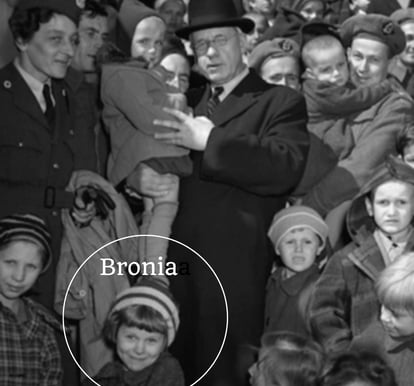

Broniaslawa Jasionowicz on the American warship USS General Randall. She stands in front of the New Zealand Prime Minister.
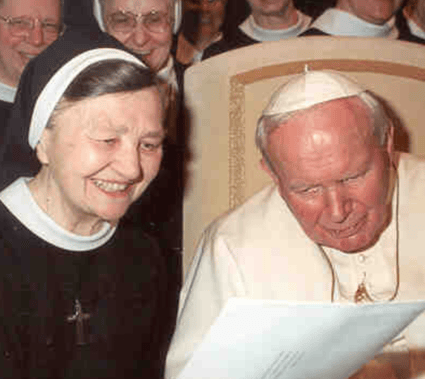

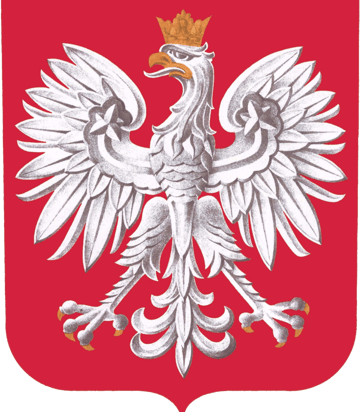

Mother Maria Teresa Jasionowicz
Mother Superior General Maria Teresa was arrested by NKVD and sent to Siberia the same night as cousin Bronia. She survived to tell the tale.
Three of my uncles survived the war. Two fought at Monte Cassino. One began as a pilot then fought with the Resistance.
The Freedom Fighters
Freedom Fighters
They were pilots and soldiers and underground army. They were Special Operations ..... and they were those kind of agents that after the war you say... "did not exist". All had one thing in common. They fought for Freedom. They had mothers, sisters, wives and children in concentration camps. They had lost their homes, their families, their country.
This was no time for Vainglory. Only Survival.


The Polish Pilots
The Underground Army
Anders Army
General Anders Army fought at Monte Cassino (the fiercest and bloodiest of the battles fought between Western allies and the German Wehrmacht on all fronts of the Second World War). When the battle was done and the bodies were counted, Polish soldiers commemorated this event with a song to honour their fallen.
“Singing Red Poppies for the first time, at the feet of the monastery hill, we all cried. The soldiers cried with us. Red Poppies, which bloomed on that night, became yet another symbol of heroism and sacrifice, as well as a homage of those living to those who, through the love of freedom, perished for the freedom of the people…”
Notes taken from compilation by Piotr Pacak
Red Poppies of Monte Cassino . This is a beautiful song and very haunting. The song begins with a call to the soldiers.
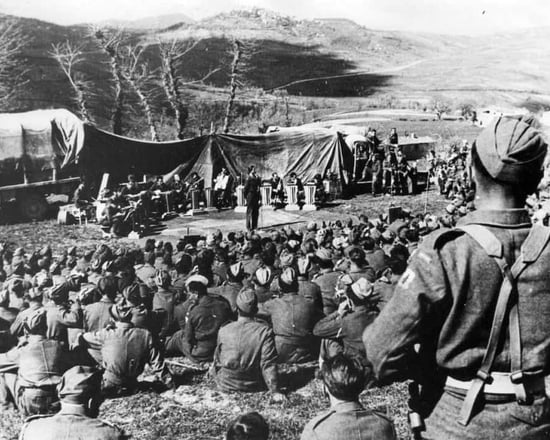

The Silent Unseen
The Silent Unseen (Polish: Cichociemni) were elite special-operations paratroopers trained in covert operations, sabotage and intelligence -gathering by the Special Operations Executive.
"Silent Unseen" probably related to how some soldiers seemingly disappeared from their line units overnight to volunteer for special operations service, and it also describes those "who appear silently where they are least expected, play havoc with the enemy and disappear whence they came, unnoticed, unseen.
Kazimierz Iranek-Osmecki The Unseen and Silent, p. 350.


The Polish Children
This video is a record of the Polish Children arriving in New Zealand in 1944 on the warship, USS General Randall.
The Polish prisoners followed Anders Army to Persia.
British cinema newsreel made in 1943 when an influx of Polish refugees were in Persia
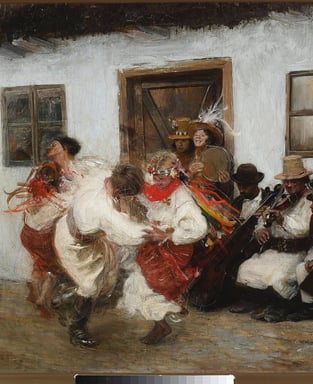

Kolomyjka
THE GYPSY DANCE
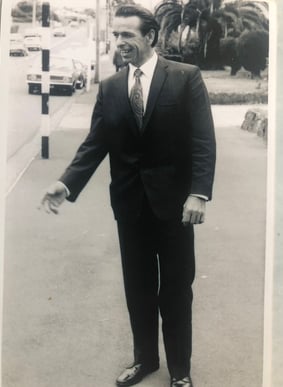

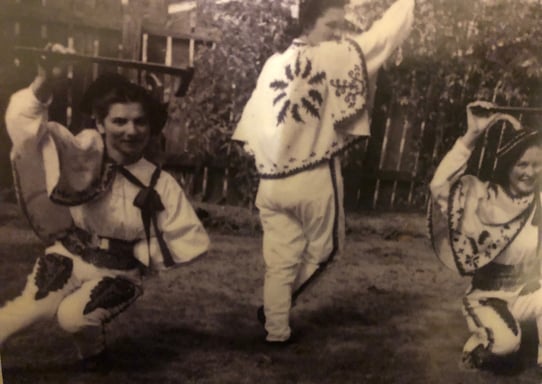

Polish girls dancing after arrival in New Zealand
THE POLISH MOUNTAIN DANCE
Freedom Fighter & Survivor.
SENT BY GESTAPO TO DACHAU. WITNESS AT NUREMBERG TRIALS
